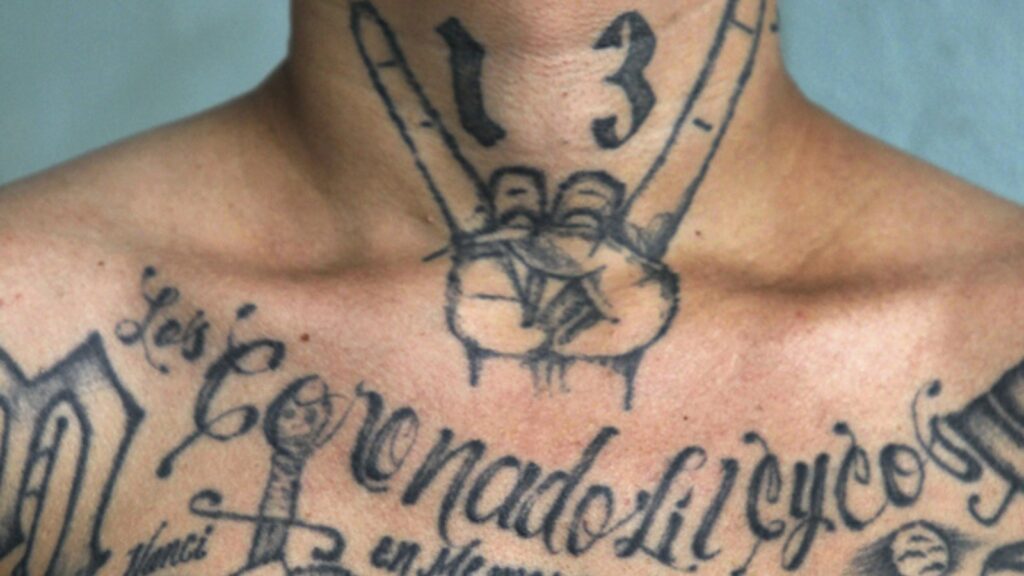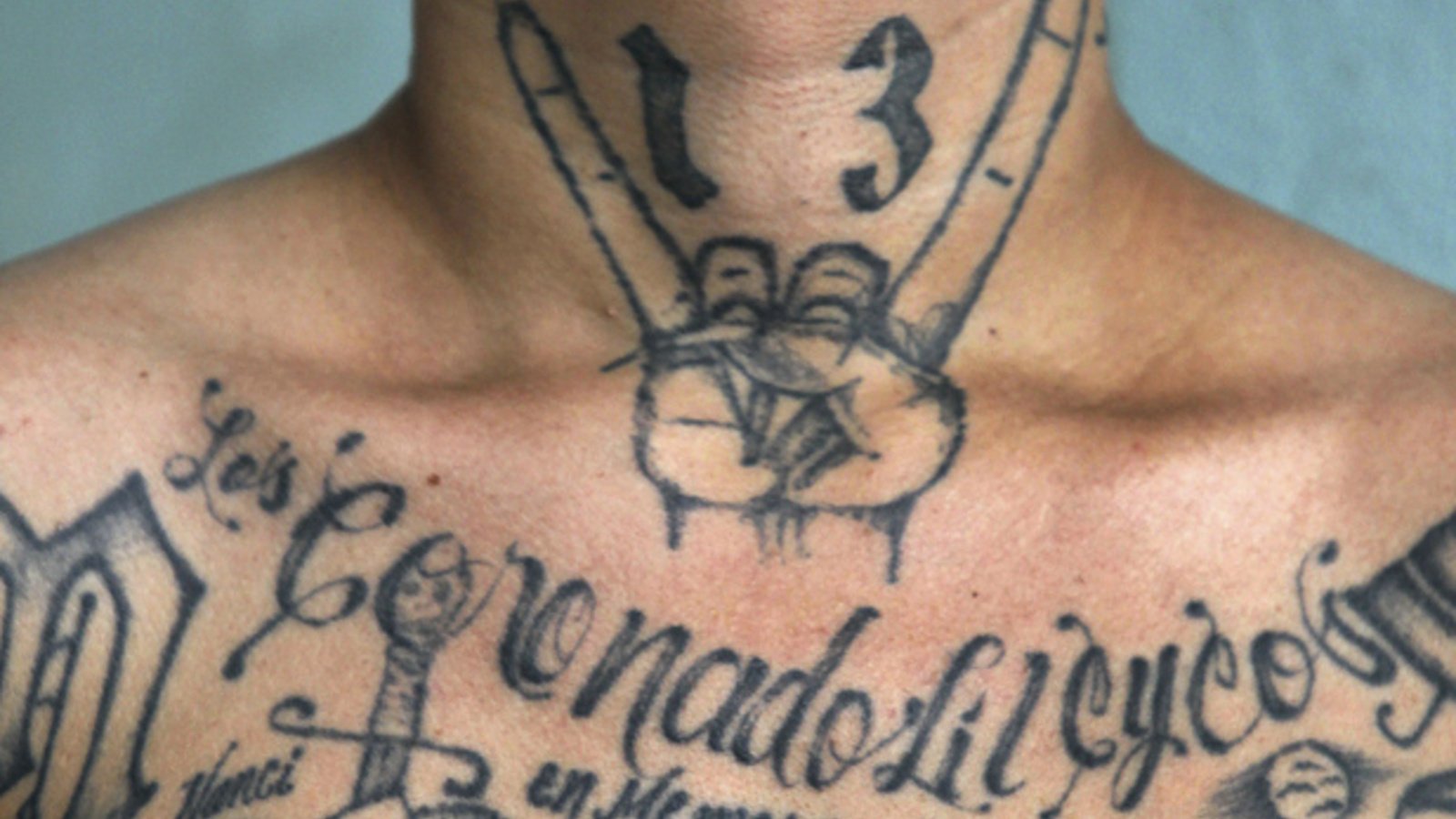
Gang Hand Tattoos: Decoding the Symbols, History, and Risks
Gang hand tattoos are powerful symbols, often deeply embedded in the history and culture of specific groups. More than mere decorations, these tattoos can represent allegiance, rank, accomplishments, and even warnings. Understanding the meaning behind gang hand tattoos is crucial for law enforcement, social workers, and anyone interacting with communities where such markings are prevalent. This article will delve into the complex world of gang hand tattoos, exploring their history, common symbols, associated risks, and the ongoing debate surrounding their significance in the 21st century.
The History of Gang Tattoos
The practice of using tattoos for identification and communication within groups dates back centuries. While the specific origins of gang hand tattoos are difficult to pinpoint, the use of body art to signify belonging and status has been documented across various cultures and eras. Early examples can be found in tribal societies, where tattoos indicated clan membership and achievements in battle. As organized crime emerged, tattoos became a way for criminals to identify themselves to one another and to mark themselves as belonging to a particular crew or gang. The visibility of gang hand tattoos made them particularly potent, serving as a constant reminder of the wearer’s affiliation and a visible deterrent to potential rivals.
Common Symbols and Their Meanings
Decoding gang hand tattoos requires an understanding of the specific symbols and their associated meanings. These symbols can vary widely depending on the gang, geographical location, and even the individual’s role within the organization. However, some symbols are more commonly used and recognized. Here are a few examples:
- Numbers: Numbers often represent specific gangs or cliques. For example, the number 13 is commonly associated with the Mexican Mafia (La Eme), as ‘M’ is the 13th letter of the alphabet. The number 14 can signify the Norteños, who are associated with the Nuestra Familia prison gang.
- Initials: Initials of the gang’s name are frequently tattooed on the hands. These initials serve as a clear declaration of allegiance and can also be used to claim territory or send messages to rival gangs.
- Religious Imagery: In some cases, religious symbols are adopted and adapted by gangs to represent their own beliefs and values. These symbols may be modified or combined with other gang-related imagery to create a unique and often intimidating message.
- Crowns: Crowns are commonly used to signify power and authority within a gang. The number of points on the crown can also hold specific meaning, often representing the gang’s founding members or core principles.
- Teardrops: The meaning of teardrop tattoos can vary. Sometimes they indicate that the wearer has served time in prison, while in other cases they can symbolize the loss of a fellow gang member or even that the wearer has committed murder.
It is important to note that the meaning of gang hand tattoos can be fluid and context-dependent. What a particular symbol means in one gang may be completely different in another. Furthermore, the meaning can evolve over time as gangs change and adapt.
The Risks Associated with Gang Hand Tattoos
Wearing gang hand tattoos carries significant risks, both for the individual and for society as a whole. These risks include:
- Increased Risk of Violence: Individuals with visible gang hand tattoos are more likely to be targeted by rival gangs. These tattoos serve as a constant provocation and can escalate conflicts, leading to violence and even death.
- Difficulty Finding Employment: Many employers are hesitant to hire individuals with visible gang hand tattoos due to concerns about safety, reputation, and potential legal liabilities. This can make it difficult for individuals to escape the gang lifestyle and find legitimate employment.
- Increased Scrutiny from Law Enforcement: Law enforcement agencies often use gang hand tattoos as a tool for identifying and tracking gang members. Individuals with these tattoos may face increased scrutiny from police and be more likely to be stopped, questioned, and even arrested.
- Social Stigma: Gang hand tattoos can carry a significant social stigma, leading to discrimination and ostracism. Individuals with these tattoos may find it difficult to form relationships, access services, and participate fully in society.
The Debate Surrounding Gang Hand Tattoos
The significance of gang hand tattoos is a subject of ongoing debate. Some argue that these tattoos are simply a form of self-expression and should be protected under the First Amendment. They contend that criminalizing or stigmatizing these tattoos is a form of discrimination that unfairly targets certain communities. Others argue that gang hand tattoos are a symbol of violence and criminal activity and should be actively discouraged. They believe that these tattoos contribute to the spread of gang culture and pose a threat to public safety.
Law enforcement agencies often face a delicate balancing act when dealing with gang hand tattoos. While these tattoos can be valuable intelligence tools, it is important to avoid profiling or discriminating against individuals based solely on their appearance. A more nuanced approach is needed, one that takes into account the individual’s behavior, history, and overall context.
The Future of Gang Hand Tattoos
The future of gang hand tattoos is uncertain. As gangs evolve and adapt, so too will their symbols and methods of communication. With the rise of social media and online communication, some gangs may rely less on traditional tattoos and more on digital forms of identification. However, the power of gang hand tattoos as a symbol of allegiance and intimidation is likely to persist for the foreseeable future.
Understanding the meaning behind gang hand tattoos is crucial for law enforcement, social workers, and anyone working to address the problem of gang violence. By learning to decode these symbols, we can gain valuable insights into the culture and dynamics of gangs, allowing us to better protect our communities and help individuals escape the gang lifestyle. Educating youth about the risks associated with gang hand tattoos is also vital in preventing them from joining gangs in the first place. [See also: Tattoo Removal Programs for Former Gang Members]
Ultimately, addressing the problem of gang hand tattoos requires a comprehensive and multifaceted approach. This includes law enforcement efforts to disrupt gang activity, social programs to provide alternatives to gang membership, and educational initiatives to raise awareness about the risks and consequences of gang involvement.
The visibility of these gang hand tattoos can often serve as a warning sign, a visible marker of a dangerous path. Understanding the symbolism behind these markings is the first step in intervening and offering support to those who may be trapped in a cycle of violence. Furthermore, recognizing the meaning behind specific gang hand tattoos can be crucial in preventing conflicts and ensuring the safety of communities.
Combating the allure of gang hand tattoos also requires addressing the underlying issues that drive individuals to join gangs in the first place. Poverty, lack of opportunity, and social isolation are all factors that can contribute to gang membership. By addressing these root causes, we can create a more just and equitable society, one where young people are less likely to be drawn to the allure of gang life and the associated symbols, including gang hand tattoos.
In conclusion, gang hand tattoos are complex and multifaceted symbols that represent a range of meanings, from allegiance and status to violence and intimidation. Understanding the history, common symbols, associated risks, and ongoing debate surrounding these tattoos is crucial for addressing the problem of gang violence and protecting our communities. By working together, we can create a safer and more just society for all.

